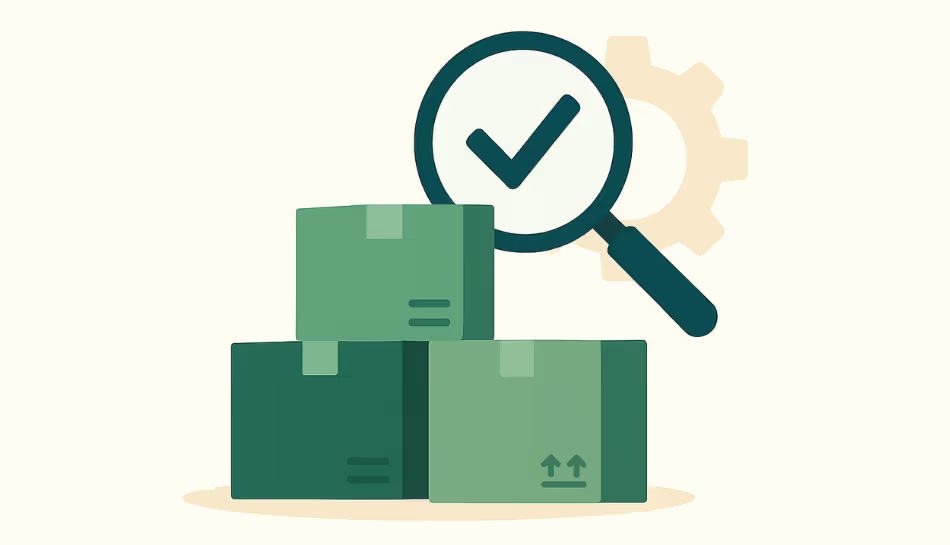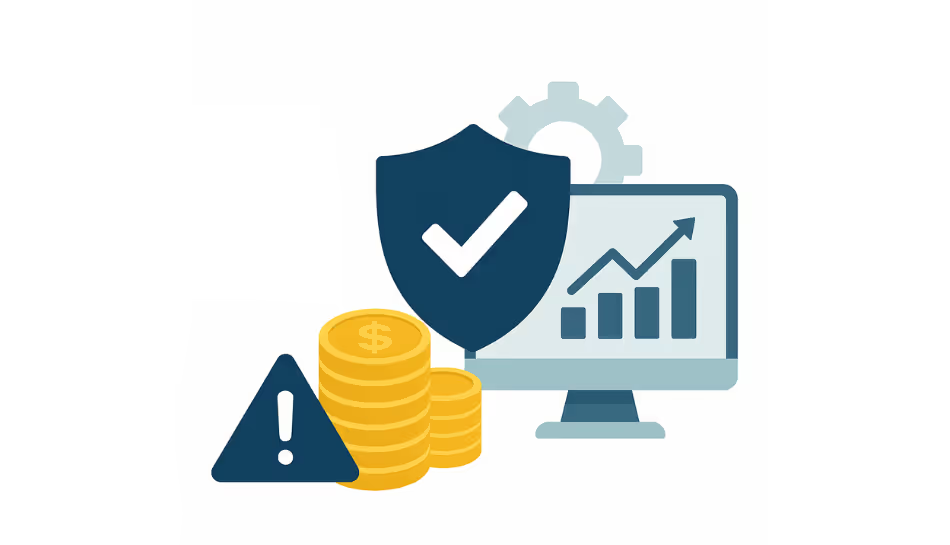
Managing inventory can be one of the trickiest parts of running a business. Stock too much, and you tie up cash. Stock too little, and you miss out on sales. Either way, poor inventory control can lead to wasted money, unhappy customers, and unnecessary stress.
That’s where an ERP system can make a huge difference. With the help of the inventory module in ERP, businesses can manage materials, stock levels, and supply chains with precision, visibility, and confidence.
Let’s explore how ERP inventory management helps you take control of your stock, cut down on waste, and boost profitability.
What is Inventory Management in ERP?
The inventory module in ERP is the part of the software that keeps track of all your goods, from raw materials and spare parts to finished products. It monitors where your stock is, how much you have, when you need to reorder, and how it moves through your business.
More than just a digital stockroom, it’s a smart system that connects purchasing, sales, finance, and production... all in real-time.
1. Real-Time Stock Visibility
One of the biggest problems with manual inventory systems is the lack of accurate, real-time data. You never really know how much stock you have until it’s too late.
ERP inventory management systems give you live updates. Whether you're in the warehouse or the head office, you can instantly check:
- Current stock levels
- Items on order
- Items in production or transit
- Product movement history
With this level of visibility, you can make better decisions on what to buy, when to buy, and how much to keep.
2. Smarter Reordering and Replenishment
Guesswork and spreadsheets can lead to overstocking or stockouts. ERP takes the guesswork out of the picture. With features like reorder points, safety stock levels, and demand forecasting, the ERP system can:
- Automatically trigger purchase orders
- Prevent over-ordering and under-ordering
- Adjust to seasonal demand or supply chain delays
This makes material management in ERP not just easier, but smarter.
3. Barcode and Batch Tracking
For businesses dealing with hundreds or thousands of items, manual tracking is unreliable.
Many ERP systems support barcode scanning, batch numbers, and serial tracking, allowing you to:
- Track items by lot, batch, or expiry date
- Monitor inventory movement across multiple locations
- Easily trace back defective items during a product recall
This level of detail improves accuracy and quality control, especially in industries like manufacturing, pharma, or food processing.
4. Integration with Other Departments
Inventory doesn’t exist in isolation. It impacts and is impacted by nearly every business function, sales, finance, procurement, production.
An ERP system connects all these departments. For example:
- When sales confirms an order, the inventory automatically updates.
- When production consumes raw material, the system reflects it immediately.
- Finance can track the value of goods in stock in real time.
This kind of end-to-end integration reduces delays, avoids duplication, and ensures everyone is working from the same data.
5. Reduced Losses and Wastage
Without a proper system, inventory losses, through theft, misplacement, or expiry, can go unnoticed.
With ERP inventory management, you can:
- Set alerts for slow-moving or ageing stock
- Track inventory turnover rates
- Identify shrinkage or unexplained losses quickly
That means less wastage, lower costs, and more savings.
Final Thoughts
Inventory is money sitting on your shelves. Managing it well is key to keeping your business lean, responsive, and profitable.
The inventory module in ERP gives you the tools to take full control of your stock, whether you’re running a factory, a warehouse, or a retail chain. It offers real-time tracking, smarter reordering, tighter control, and better decision-making. In 2025, with rising customer expectations and tighter margins, ERP inventory management isn’t a luxury, it’s a necessity.
Frequently Asked Questions:

